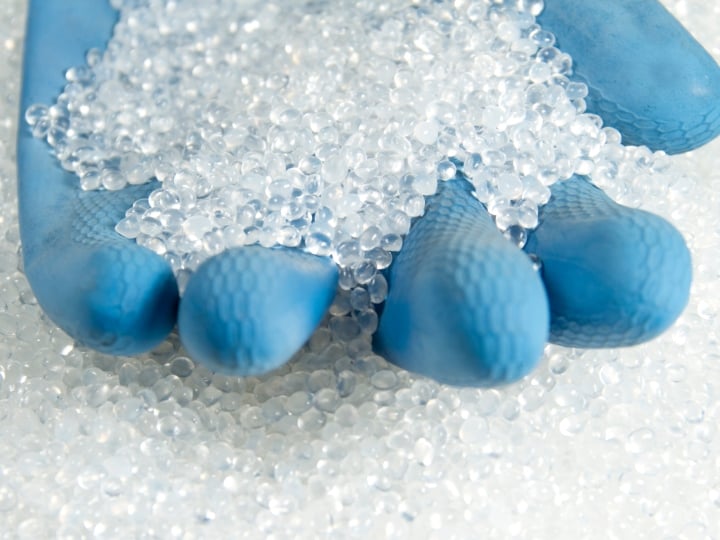Accelerated weathering to simulate the damaging effects of long-term outdoor exposure of polymer materials according to ASTM G154, ASTM D4329, ASTM D4587, ISO 4892, SAE J2020.
Scope:
Standards include: ASTM G154, ASTM D4329, ASTM D4587, ISO 4892, SAE J2020.
The effect is being measured by exposing test samples to varying conditions of the most aggressive components of weathering - ultraviolet radiation, moisture and heat. A QUV test chamber uses fluorescent lamps to provide a radiation spectrum centered in the ultraviolet wavelengths. Moisture is provided by forced condensation, and temperature is controlled by heaters.
No direct correlation can be made between accelerated weathering duration and actual outdoor exposure duration. However, performance comparisons under controlled conditions of accelerated weathering can be compared to documented performance of the materials and coatings that have experienced extended periods of end use exposure.
Testing Procedure:
Up to 20 test samples are mounted in the QUV and subjected to a cycle of exposure to intense ultraviolet radiation followed by moisture exposure by condensation. Various cycles are defined depending upon the intended end use application - for example, a typical cycle for automotive exterior applications would be 8 hours UV exposure at 70° C followed by 4 hours of condensation at 50° C. These cycles would be continued for extended periods of time - up to thousands of hours - simulating even longer periods of time in the real world.
Specimen size:
Typically, flat plaques or disks are used for accelerated weathering studies. The standard sample holders can hold one sample 3 x 12 inches (75 x 300 mm) or two samples 3 x 6 inches (75 x 150 mm). Depending on size parts may be accommodated.
Data:
Accelerated weathering provides exposed samples for comparison to unexposed control samples. Often several exposure times (such as 500, 1000, and 2000 hours) also will be compared to each other. Depending upon the performance requirements of concern, such a comparison may involve measurements of Haze, Transmission, Yellowness Index, Color Change, and/or physical properties such as Impact Strength.
**Please note that this test description is intentionally generic in nature and aimed at providing a descriptive summary to enhance test understanding. Standards can be obtained from appropriate standard authorities.
Polymers News and Events
LEARN how CircularAssure helps you to close the loop in the circular economy for plastics
Technical Talk: Circularity - Addressing Challenges in Material Development through Evaluation Programs
BROCHURE: Injection Moulding Test Specimen Production Catalogue
ARTICLE: Processability and evaluation programmes for recycled plastic materials
ARTICLE: Adhesives Quality Assurance Testing Programs
ARTICLE: Enabling Polymer Non-Wovens Development
CASE STUDY: Polymer Surface Contamination Resolution
CASE STUDY: Elastomer Seal Material Failure
CASE STUDY: Polymer Failure - Distribution and Dispersion of Fillers

